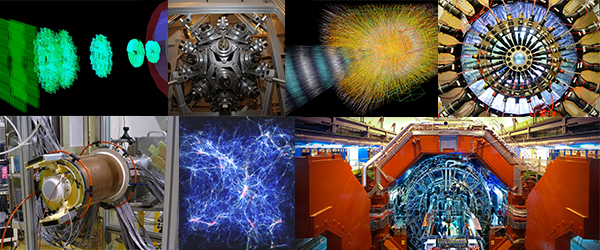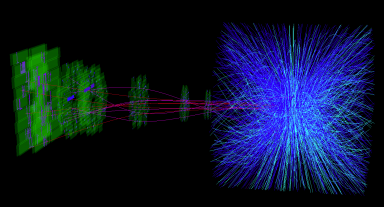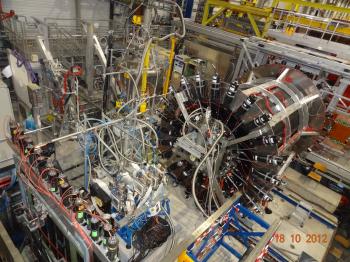The nuclear physics department conducts experimental activities, participating in experiments with particle accelerators such as Alice at the LHC, and fundamental theoretical research activities focused on the study of matter at the level of nuclei and their components. Two scales are studied at DPhN. The first is at the level of quarks or gluons where experiments such as Compass at Cern enriched the debate on the asymmetry of quantum reactions. The second concerns the assembly of nucleons (proton or neutron) into atoms. Thus, studies on exotic nuclei, i.e. unstable nuclei with unusual structures, are conducted at Spiral2. The DPhN's primary objective is to deepen our knowledge of these systems and their reactions. Another field of study concerns neutrinos, an elementary particle that still retains some mysteries, whose characteristics are essential for understanding the evolution of our world.
To answer these major questions, the DPhN contributes to the design and exploitation of theoretical models such as the theory of quantum chromodynamics, computational codes and instruments that allow this research to be carried out successfully. The technologies necessary for the successful conduct of these research programmes are important technological challenges. Indeed, nuclear reactions are particularly rapid (the de-excitation of an atom occurs in about a picosecond) and sensitive.
![]() Access to DPhN's website : irfu.cea.fr/dphn/en
Access to DPhN's website : irfu.cea.fr/dphn/en
Head of the Division : Hervé Moutarde
Deputy : Anna Corsi
Secretary : Isabelle Richard







